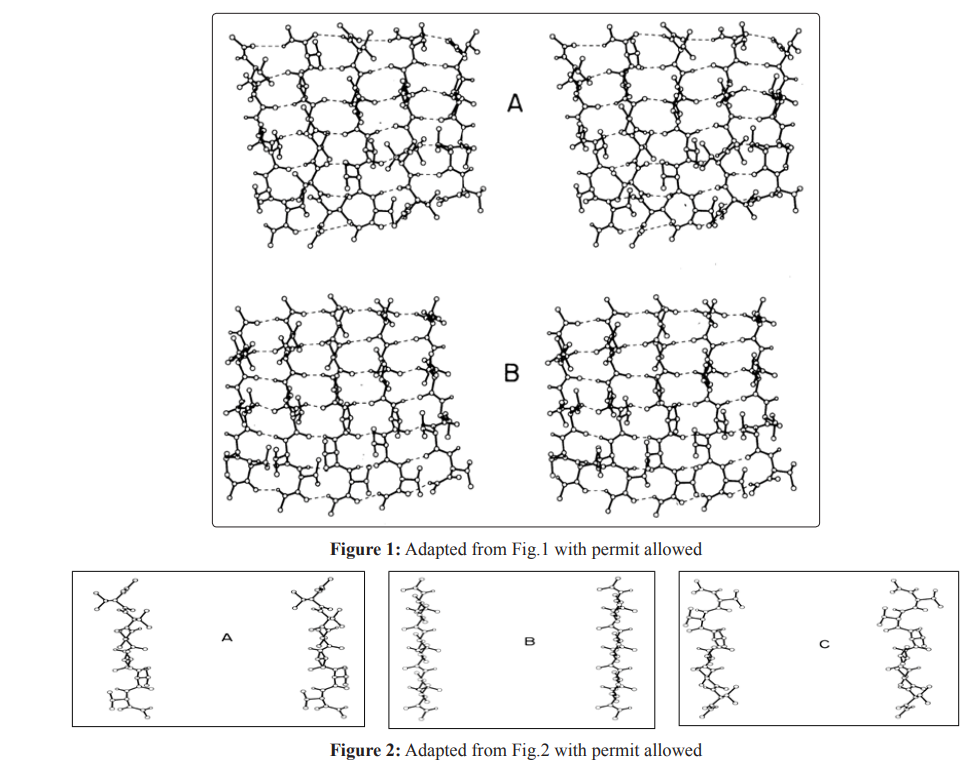Proposal of Pseudo Amino Acid Composition and Its Impacts and Profound Influence
© 2021 Kuo-Chen Chou, et al. This is an open-access article distributed under the terms of the Creative Commons Attribution License, which permits unrestricted use, distribution, and reproduction in any medium, provided the original author and source are credited.
In order to take into account the information of biological sequences as far as possible, the paper entitled “Prediction of protein cellular attributes using pseudo amino acid composition” has been published about 11 years ago and its Impacts and profound influence has been very remarkable [1]. See, e.g., [2-16]. Also, before 2001 the support-vector machines (SVMs) had been widely used to classify biological sequences. But it is impossible to use discrete vectors to represent sequences without losing sequence order.

References
- Chou KC (2001) Prediction of protein cellular attributes using pseudo amino acid composition, PROTEINS: Structure, Function, and Genetics (Erratum: ibid) 43: 246-255.
- Cheng X, Zhao SG, Lin WZ, Xiao X, Chou KC (2017) pLoc-mAnimal: predict subcellular localization of animal proteins with both single and multiple sites. Bioinformatics 33: 3524-3531.
- Xiao X, Wang P, Chou KC (2011) GPCR-2L: Predicting G protein-coupled receptors and their types by hybridizing two different modes of pseudo amino acid compositions Molecular Biosystems 7: 911-919.
- Chou KC (2020) Progresses in predicting post-translational modification (2019). International Journal of Peptide Research and Therapeutics (IJPRT) 26: 873-888.
- Chou KC (2005) Review: Progress in protein structural class prediction and its impact to bioinformatics and proteomics. Current Protein and Peptide Science 6: 423-436.
- Chou KC, Cai YD (2003) Prediction and classification of protein subcellular location: sequence-order effect and pseudo amino acid composition. Journal of Cellular Biochemistry 90: 1250-1260.
- Guo ZM (2002) Prediction of membrane protein types by using pattern recognition method based on pseudo amino acid composition, Master Thesis, Bio-X Life Science Research Shanghai Jiaotong University.
- Haddadnia J, Faez K, Ahmadi M (2002) A neural based human face recognition system using an efficient feature extraction method with pseudo zernike moment. Journal of Circuit, Systems and Computers 11: 283-304.
- Pan YX, Zhang ZZ, Guo ZM, Feng GY, Huang ZD, et al. (2003) Application of pseudo amino acid composition for predicting protein subcellular location: stochastic signal processing approach. J Protein Chem 22: 395-402.
- Shen HB, Chou KC (2005) Using optimized evidence- theoretic K-nearest neighbor classifier and pseudo amino acid composition to predict membrane protein types. Biochemical & Biophysical Research Communications (BBRC) 334: 288-
- Chen C, Tian YX, Zou XY, Cai PX, Mo JY(2006) Using pseudo amino acid composition and support vector machine to predict protein structural J Theor Biol 243: 444-448.
- Chen C, Zhou X, Tian Y, Zou X, Cai P (2006) Predicting protein structural class with pseudo amino acid composition and support vector machine fusion network. Anal Biochem 357: 116-121.
- Du P, Li Y (2006) Prediction of protein submitochondria locations by hybridizing pseudo amino acid composition with various physicochemical features of segmented sequence. BMC Bioinformatics 7: 518.
- Mondal S, Bhavna R, Mohan Babu R, Ramakumar S (2006) Pseudo amino acid composition and multi-class support vector machines approach for conotoxin superfamily J Theor Biol 243: 252-260.
- Nosrati M, Mohabatkar H, Behbahani M (2020) Introducing of an integrated artificial neural network and Chou’s pseudo amino acid composition approach for computational epitope- mapping of Crimean-Congo haemorrhagic fever virus Int Immunopharmacol, 78: 106020.
- Wu C, Li Q, Xi L, Fan GL (2020) Using the Chou’s Pseudo Component to Predict the ncRNA Locations. Based on the Improved K-Nearest Neighbor (iKNN) Classifier 15: 563-

